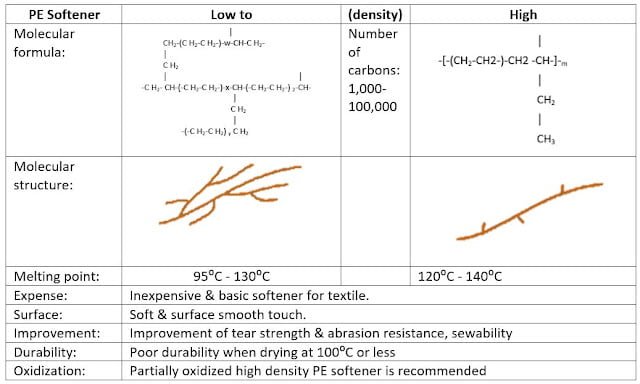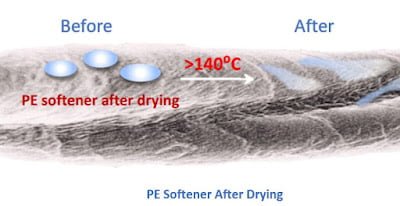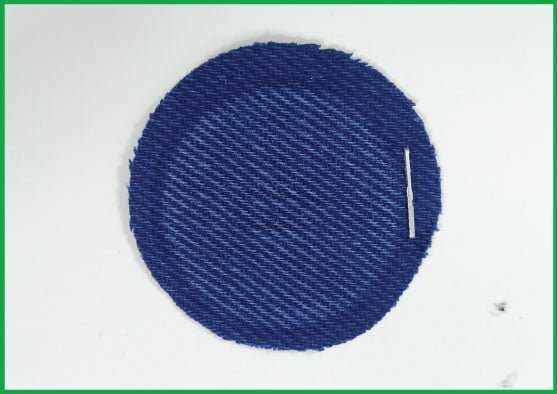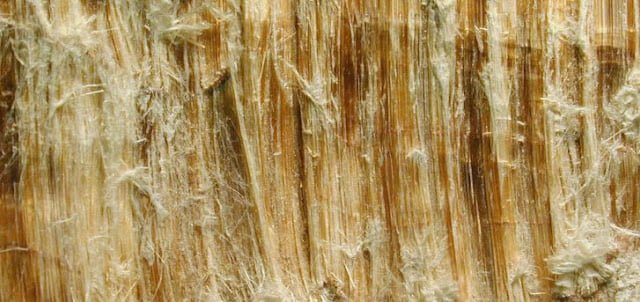Tough Cotton: Durable Technology for Cotton that Gives Higher Performance
Last updated on February 16th, 2024 at 11:02 am
People always want to purchase tough, durable, long-lasting clothing, especially for children and athletes’ apparel, for using sustainable, long-lasting purposes. As usual, durability plays a crucial role in the decisions of purchasing clothing. Today tough cotton came with the solution of durable technology. In this context, we are going to know about Tough Cotton and its durable technology.

Cotton is always known for its durability. Even it can withstand the most demanding challenges like falls on the ground, climbing the trail, and dominating that sales pitch. But it’s not enough for the children, athletes, and military activity. Besides daily uses, home laundering, weakening the fabric, make fabrics abraded, causing cotton fibers to rise to the surface, and making it seem faded. That’s why tough cotton technology introduces cotton that provides superior performance to humanity.
What is Tough Cotton?
Tough Cotton Technology is a specially engineered finish to improve the wear and durable press (DP) of cotton garments. It solves the holes and breaks problems in the clothing. Besides, it increases clothes durability, and superiority abrasion, resistance to wrinkle.
So go ahead, and GET Tough with your dress. You would not be afraid of a bit of tear and poor performance of regular cotton. Knit and woven fabrics could be treated with tough cotton technology. It offers enhanced strength, durability with a perfect combination of abrasion resistance and colorfastness. Here are some properties of it:
- Produce super durable and robust fabric.
- Improved tensile and tear strength.
- Superior abrasion resistance.
- Improves crease edge abrasion.
- Good hand and drape.
- Reduces Shrinkage.
- Improves Wrinkle Resistance.
- Helps Maintain Original Color.
- Applicable on woven, knit as well as denim fabrics.
- Prolongs Product Life and Sustain lifetime of the garment.
How Tough Cotton Technology Works?
These two types of tough-cotton technology have been introduced to offers superior performance. They are as follows:
Tough cotton with Resin
A unique combination of resins and catalysts to form flexible bonds on the cotton has to achieve superior durable press properties. It uses to improve the fabric strength and prevent breakage.
Tough cotton without Resin
The technology comes with flexibility with resin and non-resin. Non-resin is used in tough cotton technology to a proprietary blend of softeners and crosslinking agents to achieve superior abrasion resistance. It boosts up durability and strength as well as improves fabric sew-ability.
Both formulas are be applied in fabric or apparel. Besides, both forms could be combined with other performance finishes, like storm cotton technology. It may help to achieve the ultimate performance of the cotton garments.
Mainly the flexibility comes from both resin and non-resin. But without resin, methods are used versatilely in industry. Consequently, we should talk about this technology without resin.
Key Chemicals for tough cotton without Resin
Poly-Ethylene (PE) Softener
It’s used to improve abrasion resistance and tearing strength. It melts and sticks on cotton fiber and provides a soft and surface smooth touch.



Crosslinking Agent
Polyfunctional Blocked Isocyanate (PBI) used to improve the durability of performance. PBI reacts with both cotton & PE softener and holds PE on cotton fiber firmly.

Finishing Flowchart of Tough Cotton without Resin
Application Flowchart
For Fabric

For Garments

For Denim

Process For Woven Fabrics
Preparation and Dyeing
- Prepare & dye the fabric using a standard process of the plant.
- The dyed fabric must be neutralized & rinsed, and check the fabric pH
- It must be utilized in the total alkalinity within Fabric pH; 6.0‐7.0.
- After dyeing & neutralization, the fabric needs to be dried without applying any finish, including softeners.
Finishing Formula
| Concentration | Chemicals |
|---|---|
| 1‐2 g/L | Wetting agent (anionic or non-ionic surfactant that a plant is currently using) |
| 50 g/L | High-Density Polyethylene Softener |
| 5 g/L | PBI (Crosslinking Agent) |
| 0‐50 g/L | Standard softener (optional) |
| 1 g/L | Acetic acid (56%) *May substitute citric acid, if desired. |
Finishing Process & Condition
Padding: 70-80% Wet Pick‐up
Drying: 120‐130˚C x 1‐2 minutes to 0-5% moisture
Curing: 150˚C x 3 minutes
After curing, the fabric can be compacted, sanforised or processed with most any other mechanical finishes.
How to maintain Performance Testing?
Sampling Fabric samples to be collected:
Tough Cotton finish: 2 meters x full width
Control (before Tough Cotton finish): 2 meters x full width
Performance Testing (for Woven)

- Washing method: AATCC 135
- Normal/Cotton Sturdy 41±3℃-
- Tumble Dry: Cotton Sturdy
- Universal Wear Tester
Summary technology applied without Resin
- Improvement of Abrasion Resistance, and Tearing Strength.
- Highly durable on multiple laundries.
- Inexpensive and commercially available chemicals.
- Ease of application.
- Versatile application for knit/woven fabric or garment.
- Enhance the life of the garment.
Tough Cotton for Woven Fabric
Tough cotton technology brings an extra layer of protection to the woven fabric. Tough cotton in woven offers improved abrasion resistance compared to untreated cotton woven, as seems in the picture. We can easily define the technology by following testing methods.

In Stoll Flex Abrasion Test, warp ASTM D3885, tough cotton without resin 17290 whether UNTREATED FABRIC scores only 2163. In 100% Cotton Twill, Tearing Strength, ASTM D1424, Untreated fabric scores is 3.65 but tough cotton Non-resin scores 4.08.
Consequently, from lightweight twills to heavy-duty canvas, you ever not worry about that superior performance in Snags, tears, and rips on climbing a mountain or doing the tough activity.
Tough Cotton for Knit Fabric
The treatment used in knit fabric to achieve the benefits of resin finishing without using it. It helps to increase organic fabric treated with cellulase enzyme. Control finishes on knit fabric provide improved burst strength. Consequently, fabric burst strength is improved. Reduce shrinkage and smoothness are similar for this. Most importantly, lower formaldehyde is used and released to nature with this finish.
Conclusion
A new durable press finish that makes woven, knit fabric as well as denim stronger and longer than as usual. The tough cotton treatment makes knits stronger and durable fabric. No matter what you put through them. As a result, day by day the technology become popular between people and the industry level. Clothing manufacturing factories and mills in Asia and North America have successfully adopted tough cotton technology. But in Mexico, they mass-adopt this technology.
Garments that are treated with this technology can withstand the toughest environments. Today the technology isn’t just for the kids. It treated in adult clothing to provide more protection, such as in the toughest yoga poses. It keeps garments looking newer longer with improved abrasion resistance. Consequently, no need to replace your garments due to holes in the knees, elbows, or something like this. There is no doubt that tough cotton brings a durable technology for cotton that offers superior performance to humanity.




May I request that you elaborate on that? Your posts have been extremely helpful to me. Thank you!
very helpful article.